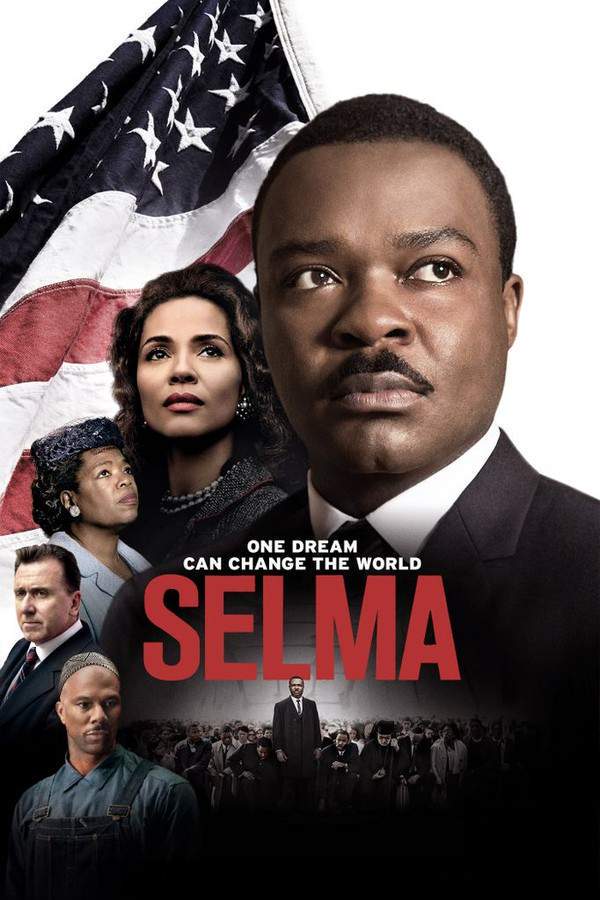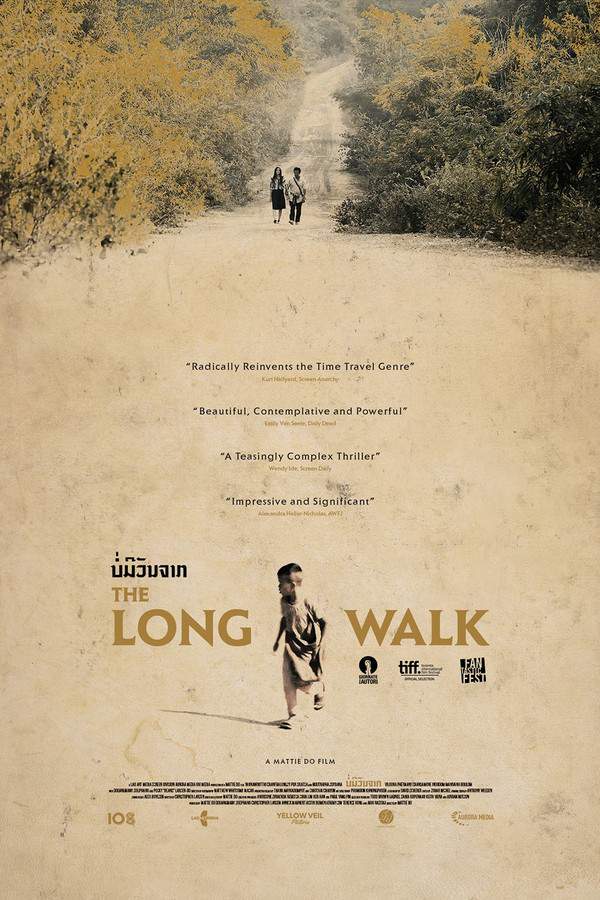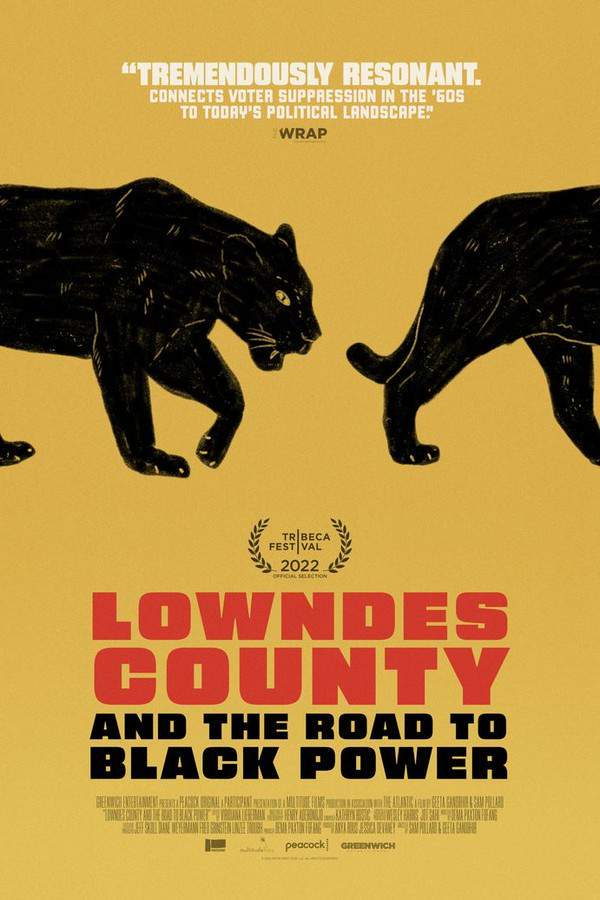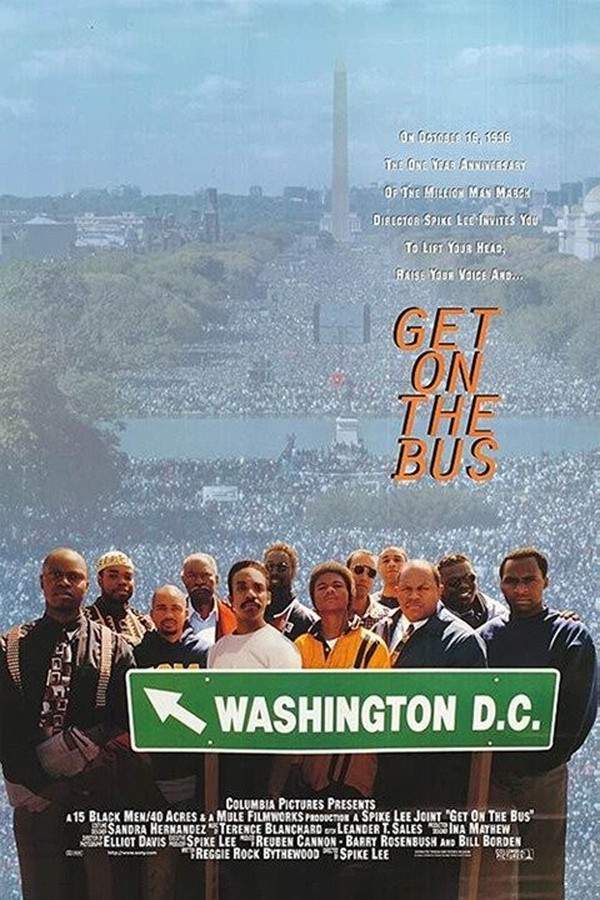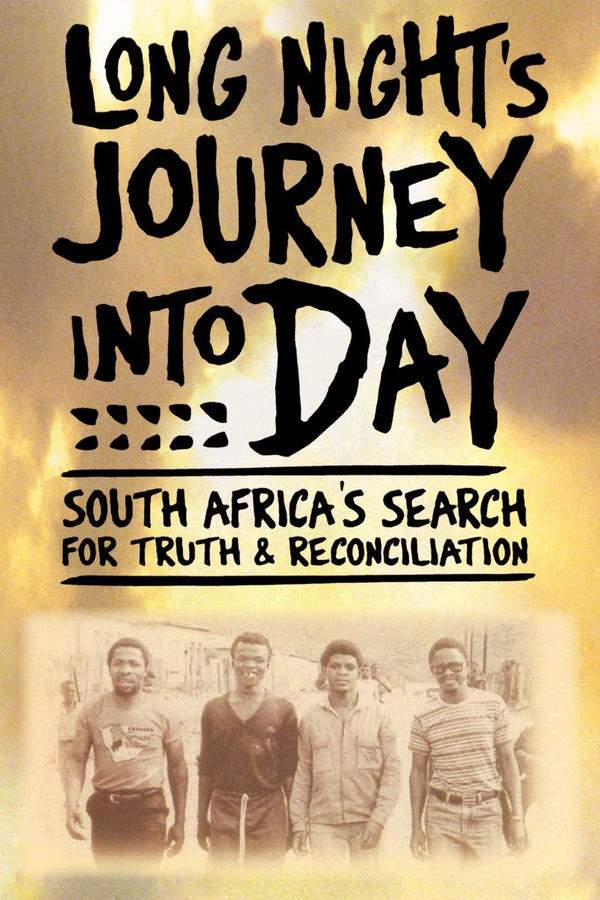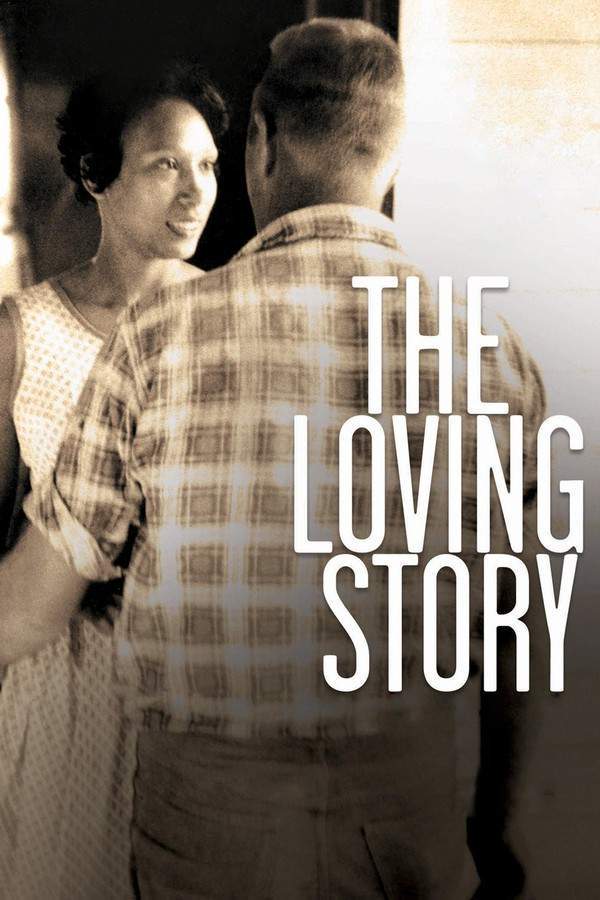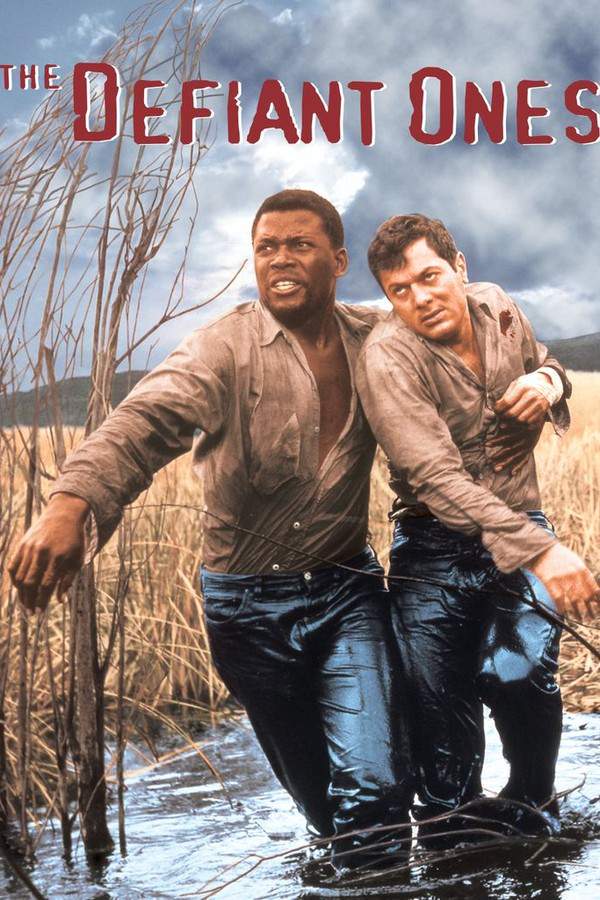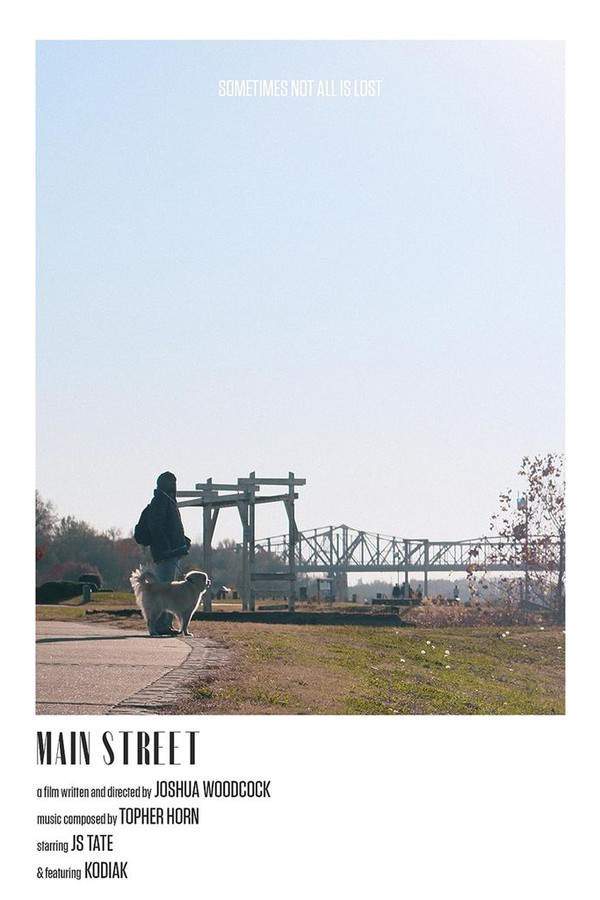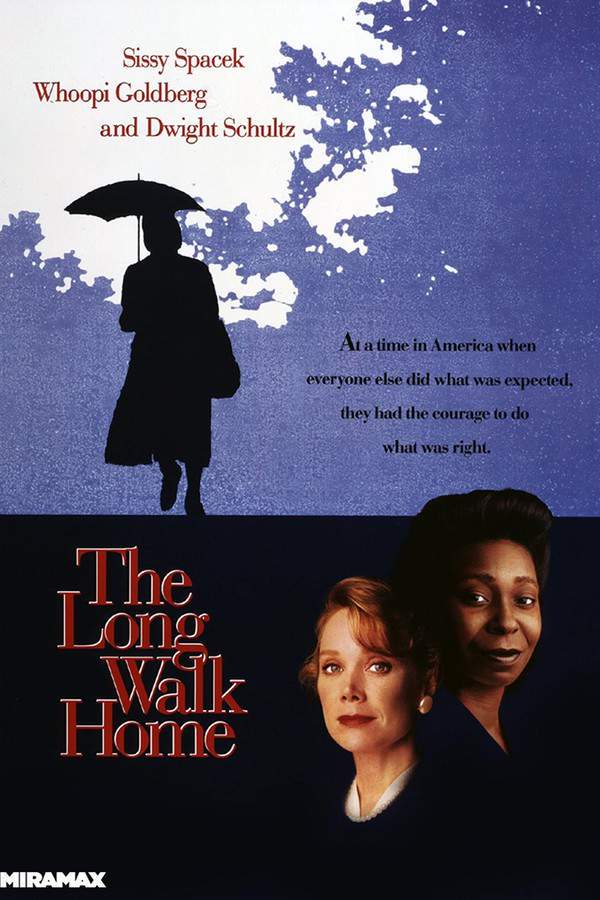
The Long Walk Home
Year: 1990
Runtime: 97 min
Language: English
Director: Richard Pearce
In 1955 Montgomery, Alabama, the complexities of racial segregation form the backdrop for an unlikely friendship. Odessa Carter, a dedicated civil rights activist, develops a strong bond with her employer, Miriam Thompson. Their daily commutes evolve into a powerful symbol of solidarity and defiance as they confront societal inequalities. Through their shared experiences, they challenge prevailing norms and embark on a journey toward meaningful change, forging an unforgettable connection.
Warning: spoilers below!
Haven’t seen The Long Walk Home yet? This summary contains major spoilers. Bookmark the page, watch the movie, and come back for the full breakdown. If you're ready, scroll on and relive the story!
Timeline – The Long Walk Home (1990)
Trace every key event in The Long Walk Home (1990) with our detailed, chronological timeline. Perfect for unpacking nonlinear stories, spotting hidden connections, and understanding how each scene builds toward the film’s climax. Whether you're revisiting or decoding for the first time, this timeline gives you the full picture.
Last Updated: November 15, 2024 at 16:59
Unlock the Full Story of The Long Walk Home
Don't stop at just watching — explore The Long Walk Home in full detail. From the complete plot summary and scene-by-scene timeline to character breakdowns, thematic analysis, and a deep dive into the ending — every page helps you truly understand what The Long Walk Home is all about. Plus, discover what's next after the movie.
The Long Walk Home Summary
Read a complete plot summary of The Long Walk Home, including all key story points, character arcs, and turning points. This in-depth recap is ideal for understanding the narrative structure or reviewing what happened in the movie.

Characters, Settings & Themes in The Long Walk Home
Discover the characters, locations, and core themes that shape The Long Walk Home. Get insights into symbolic elements, setting significance, and deeper narrative meaning — ideal for thematic analysis and movie breakdowns.

Similar Movies to The Long Walk Home
Discover movies like The Long Walk Home that share similar genres, themes, and storytelling elements. Whether you’re drawn to the atmosphere, character arcs, or plot structure, these curated recommendations will help you explore more films you’ll love.
Explore More About Movie The Long Walk Home
The Long Walk Home (1990) Plot Summary & Movie Recap
The Long Walk Home (1990) Scene-by-Scene Movie Timeline
The Long Walk Home (1990) Spoiler-Free Summary & Key Flow
Movies Like The Long Walk Home – Similar Titles You’ll Enjoy
Selma (2014) Movie Recap & Themes
The Long Walk (2022) Full Movie Breakdown
Tuscaloosa (2020) Spoiler-Packed Plot Recap
Home of the Brave (2004) Ending Explained & Film Insights
Lowndes County and the Road to Black Power (2022) Story Summary & Characters
Son of the South (2021) Full Summary & Key Details
Get on the Bus (1996) Full Movie Breakdown
Long Night's Journey Into Day (2001) Story Summary & Characters
The Best of Enemies (2019) Film Overview & Timeline
Driving Miss Daisy (1989) Full Summary & Key Details
Down in the Delta (1998) Movie Recap & Themes
The Loving Story (2012) Film Overview & Timeline
The Defiant Ones (1958) Complete Plot Breakdown
Main Street (2011) Plot Summary & Ending Explained
The Short History of the Long Road (2020) Story Summary & Characters



